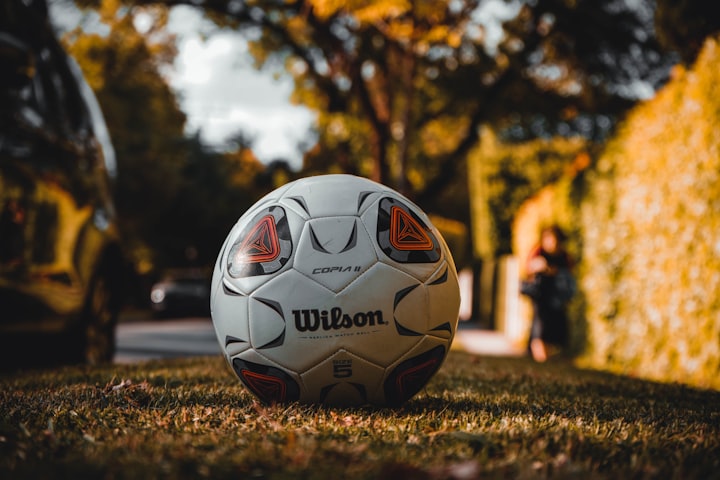WHAT IS CPR? HOW TO PERFOME IT?
WHAT IS CPR?
CPR (Cardiopulmonary Resuscitation) is a lifesaving technique that is used in emergency situations when a person's heart has stopped beating or they have stopped breathing. CPR involves a combination of chest compressions and rescue breaths that help to circulate oxygenated blood throughout the body and keep vital organs functioning until professional medical help arrives.
CPR, or cardiopulmonary resuscitation, is a life-saving technique used in emergency situations to help maintain blood flow and oxygenation in the body when a person's breathing or heartbeat has stopped. It involves performing chest compressions and rescue breathing to keep the person's vital organs functioning until medical help arrives. CPR can be critical in situations such as cardiac arrest, drowning, or choking, and learning this technique can empower individuals to take action and potentially save a life.
Performing CPR is a critical skill that can mean the difference between life and death in an emergency situation. It is important to note that CPR should only be performed by someone who has been properly trained and certified in the technique, as incorrect or inappropriate application of CPR can cause serious injury or even death.
So, let's take a closer look at what CPR involves and how to perform it correctly:
Step 1: Check for Responsiveness
The first step in performing CPR is to check the person's responsiveness. This involves gently shaking the person's shoulders and asking if they are okay. If the person does not respond, call for emergency medical assistance immediately.
Step 2: Open the Airway
Next, tilt the person's head back gently with one hand while lifting their chin with the other hand. This will help to open the airway and allow for proper breathing.
Step 3: Check for Breathing
After opening the airway, check for breathing by placing your ear close to the person's mouth and nose and looking for chest movement. If the person is not breathing, begin CPR immediately.
Step 4: Perform Chest Compressions
To perform chest compressions, place the heel of one hand on the center of the person's chest, between the nipples. Place your other hand on top of the first hand, and interlock your fingers. Position your shoulders directly over your hands, and press down on the chest with enough force to compress it by about two inches. Repeat this sequence of compressions at a rate of 100 to 120 per minute.
Step 5: Provide Rescue Breaths
After performing 30 chest compressions, tilt the person's head back again and pinch their nose shut. Take a deep breath, place your mouth over the person's mouth, and blow into their lungs until you see their chest rise. Repeat this sequence of rescue breaths two times.
Step 6: Continue CPR until Help Arrives
Continue performing CPR until emergency medical assistance arrives or the person starts to show signs of breathing and circulation. If you become tired, ask someone else to take over or wait for professional medical help to arrive.
knowing how to perform CPR can make a significant difference in an emergency situation and potentially save a life. While CPR can seem intimidating, especially if you've never been trained before, it's important to remember that any attempt at CPR is better than no attempt at all. The key is to act quickly, remain calm, and follow the steps of the CPR process. Remember to call emergency services right away, check for responsiveness, and begin chest compressions and rescue breathing as necessary. By understanding the basics of CPR and practicing the steps beforehand, you can be prepared to act quickly and effectively in an emergency situation, potentially saving a life in the process.






Comments
There are no comments for this story
Be the first to respond and start the conversation.